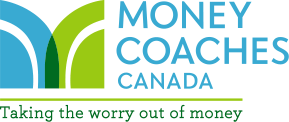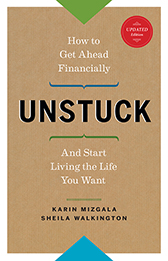What’s the best way to save for my children’s education? I’ve seen brochures on Group Education Savings plan in my doctor’s office – are these a good idea?
Answered by Sabine Lay, money coach
Education is one of the biggest expenses that families face, so it’s important to make your education savings decisions within the context of your values, beliefs and an understanding of the numbers. Before setting up a savings plan, ask yourself:
 How do I want to assist my child with post-secondary education? Moral support? Some financial assistance? Pay for everything?
How do I want to assist my child with post-secondary education? Moral support? Some financial assistance? Pay for everything?
Do I expect my child to contribute a portion to their education costs or living expenses?
Will my child attend a local school and live at home? Or do I want the option to send my child to a school in another province, or country?
How much money will I need to cover the portion of schooling costs that I expect to pay for?
The Costs
To give you an idea of the numbers, a four-year Bachelor of Arts degree at Carleton University in Ottawa will run about $17,500 per year, including double-occupancy campus housing and a meal plan. The total, no-frills estimate for four years at Carleton: $70,000. If your child lives at home, expect to pay between $8,000-$10,000 a year for tuition and books alone for a similar degree. And don’t forget about costs like computers, software, supplies, cell phones, special health or medical needs and travel.
Saving for Education
There are two main options when it comes to education savings plans – Registered Educational Savings Plans (RESPs) and Group RESPs offered by companies like Canadian Scholarship Trust Foundation and Heritage Education Funds. Both plans offer the Canada Education Savings Grant (CESG) which can add as much as $600 per child per year to your savings. If you qualify for the National Child Benefit Supplement, you may also be eligible for the $500 Canada Learning Bond.
Group RESP plans work if you’re sure you will continue to contribute to the plan long term and you don’t want to make investment decisions yourself. But I’m not a fan of them. These plans are complicated, difficult to get out of and the fees are confusing.
A better option is to open an RESP available through most financial institutions and advisors. There is no annual contribution limit, you chose how you want to invest and you can contribute up to $50,000 per child.
Unsure of how to get started?
If your child is under 6, invest the $100 per month you get from the Universal Child Care benefit in an RESP. Thankfully parents aren’t the only ones who can contribute to RESPs. Encourage grandparents, aunts, friends to get in on the act too!
Resources: www.canlearn.ca



